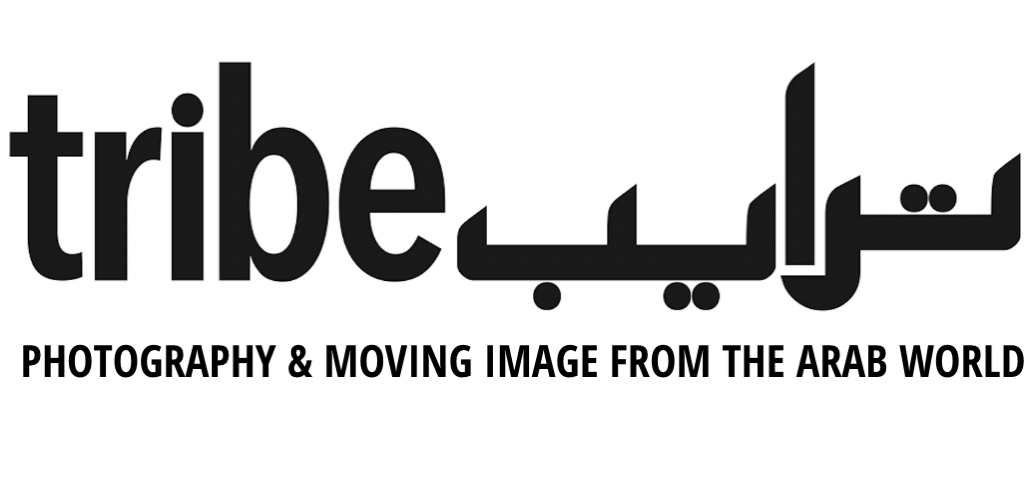Jaber Al Azmeh: Lines in The Sand
When the desert is a refuge and the lens a tool for understanding
Jaber Al Azmeh, Top: Madness 1,2 and 3 from the series Border-Lines (2015). Courtesy of the artist and Green Art Gallery, Dubai.
With text by Rania Habib, editor.
The work of a photographer is akin to a birthing process for Jaber Al Azmeh. The Doha-based Syrian artist is romanticizing his craft with this comparison, one that has allowed him to gain some perspective on highly emotional situations. A case in point is his last solo show at Dubai’s Green Art Gallery, Border-Lines, held between May-June 2016, which deliberately and thoughtfully explored the roots and legacy of war- though this was not initially Al Azmeh’s plan.
Quite the contrary, in fact. While his previous bodies of work, such as Wounds (2012) and Ba’ath (2014), were a direct reaction to the conflict in Syria, Border-Lines was born out of his need to distance himself from the horrors that continue to grip his home country. The photographer fled his home and studio five years ago and relocated 30 kilometers outside of the capital of Damascus, on a plot of land in the countryside. ‘I don’t like cities,’ he says, referring to the exhibition’s focus on desert scenes. ‘I love quietness, I love nature, and in Doha, nature is embodied through the desert. I fell in love with it instantly.’ His photographs began as visual experimentations; purely aesthetic ones at that.
Al Azmeh was consciously keeping at bay the political overtones of his previous works. And so he focused on the tyre tracks that led him, and countless others, to the wide expanse of the desert---the place where he sought refuge. Out of these shots was born the first theme of the exhibition, Survival. ‘Perhaps my subconscious was trying to reveal something,’ says Al Azmeh. ‘Eventually, when I looked at the images of the tyre tracks, I realized that I was photographing people moving--- the way Syrians and other refugees were fleeing by sea, by road, any way for survival, with no idea where they were going.’
Then came Nationalism, the series of photos that referenced refugees stuck—and humiliated –at borders. ‘I cannot understand the concept of people fleeing massacres yet being told they cannot cross a certain line once they get to safety,’ Al Azmeh says. ‘this is the kind of nationalistic thinking that I’m not a fan of.’ Madness reflected the photographer’s incomprehension of a ‘crazy’ situation, and soaring his moments of clarity and positivity amid the ugliness of war.
All the images in the exhibition has one thing in common; a line—a compositional aspect that partitions dream and reality, conscious and subconscious. Al Azmeh questions the roots and legacy of war with his imagery: stark, Orwellian, minimalistic photographs printed on cotton rag fine art archival paper depict surveillance cameras, oil barrels, a row of busses, a rusted billboard devoid of a message, border patrols, tunnels and the purgatorial vastness of the desert. This aerial perspective on what Al Azmeh felt was a Syrian issue became an outlet for a universal reality, one that leaves the artist saying ‘enough.’ He says: ‘Those lines are a way to say, ‘enough of this madness’, or if you want to be more positive, they are the lines of the horizon, one that holds a better future.’


